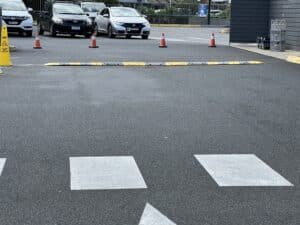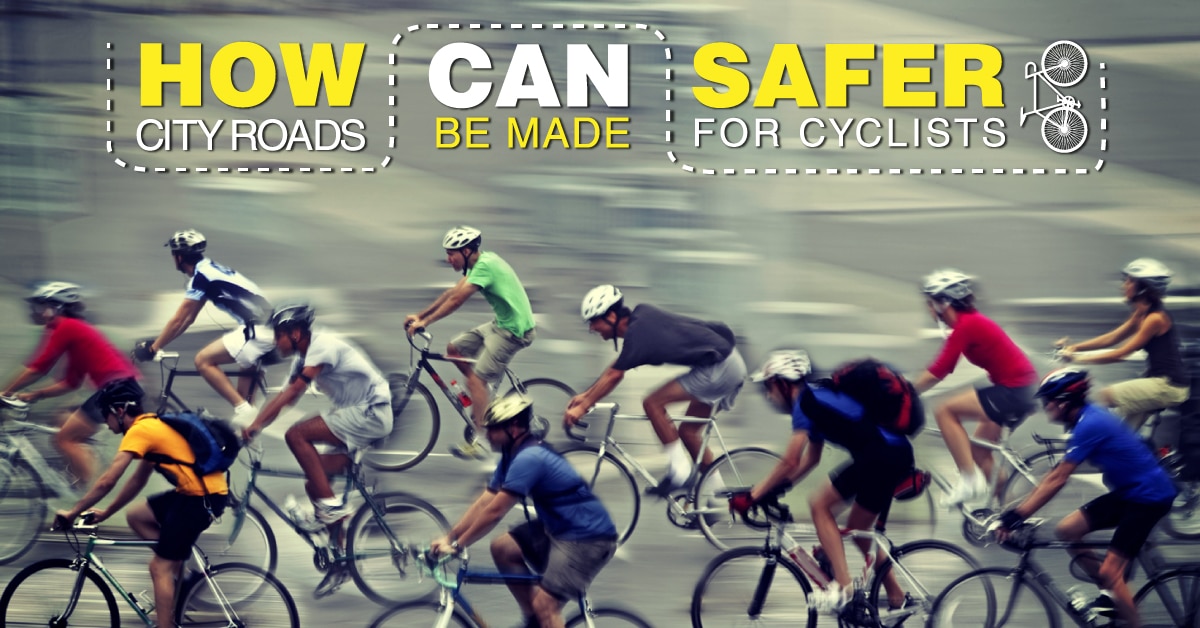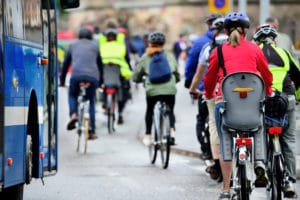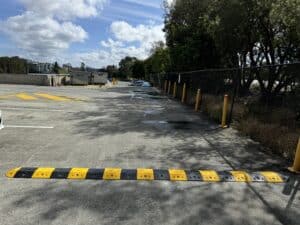

Thousands of cyclists each year have to be treated in hospital for their injuries, and they know that every time they go on the road they take their life in their hands. Many cyclists say being hit from behind is their greatest fear, and if you ride at least five times a week, there’s a good chance of having a close call.
When motorists and cyclists share the roads, they don’t always see eye to eye. Motorists accuse cyclists of disrupting traffic while cyclists say motorists hog the road and don’t give them enough room. Driving too close to cyclists is one of the biggest problems but motorists can often knock cyclists off their bikes too if they cut in front of them.
 However, motorists are not all to blame as many riders don’t know the road rules or choose to ignore them, run red lights and lack bike handling skills. Although many of the rules for cyclists are similar across the country, there are difference from state to state. For instance in WA motorists need to leave enough space to avoid colliding with a cyclist but the safe distance isn’t actually defined. A suggestion of at least one metre is recommended.
However, motorists are not all to blame as many riders don’t know the road rules or choose to ignore them, run red lights and lack bike handling skills. Although many of the rules for cyclists are similar across the country, there are difference from state to state. For instance in WA motorists need to leave enough space to avoid colliding with a cyclist but the safe distance isn’t actually defined. A suggestion of at least one metre is recommended.
Queensland, on the other hand, has taken the initiative to introduce the Split Rule, which enforces drivers to leave one metre up to 60kph between themselves and cyclists, and 1.5 metres if doing over 60kph. Safe Cycling Australia is advocating for the Split Rule to be adopted nationally.
Queensland cyclists are encouraged to put video cameras on their bikes to capture footage of near misses, or collisions, even if they’re not hurt. The video footage can be used as evidence and could be used to catch out drivers who deliberately bully cyclists.
Basically, it comes down to respect; both parties need to respect the space of the other, and follow road rules. Roads also need to be properly maintained so cyclists don’t have to swerve around hazards into traffic.



For 10 years, our focus has been on one thing: to provide one style of product and to do it well.
Our wheel stops, speed humps and rumble bars meet Australian Standards, don’t fade, and we’ve never needed to replace one.

For 10 years, our focus has been on one thing: to provide one style of product and to do it well.
Our wheel stops, speed humps and rumble bars meet Australian Standards, don’t fade, and we’ve never needed to replace one.